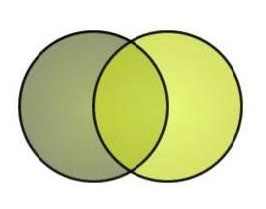document object model
"So in simplified terms the Document Object Model is like an interpreter between the hypertext markup language and the scripting language used to render a webpage."
"So if we take the stereotype of communication, DOM is like a woman and SAX is like a man."
"If an instructor was giving a two minute speech, the woman (DOM) would record the whole speech into memory and be able to tell you everything you want to know about the speech. Luckily, the speech was only two minutes, so it did not take much time to remember it. She can tell you the beginning of the speech, the end, or any part of it. The guy (SAX) can only react to the speech, because it goes in one ear and out the other. If you tell him to remember something after he heard the speech, it ain't gonna happen. The guy (SAX) needs to be aware of what he is listening for and then he can tell you what he hears as he hears it. This can be bad if you want to move back and forth between the speech and review parts that have already been communicated. "
"A good analogy for this: the HTML DOM is like a Photoshop document while HTML5 Canvas is like a PNG. Photoshop documents have layers that you can interact with, modify, and remove. PNG images, on the other hand, contain a single "flat" file of pixels. You can't "remove" or "modify" elements from a PNG. You can only change the color values of each individual pixel."
The linked page is a slide presentation about DOM. Look at the cheesy analogy comparing DOM and Nodes.
It's like a tree where you can add branches, cut off old branches, grow new branches and maybe trim the leaves and maybe add some leaves. You can also modify the whole tree by changing the trunk (window) object.
"These are all specified in DOM model. So in this way, javascript code to visit pages are standardized. We cannot create our own style to visit the elements. In this sense, DOM is like a coding style."
It's not just "a coding style", it is a mandated coding style with a mandated hierarchy. You MUST write the html as the convention specifies so that when Javacript is used on a page, it can interpret the page correctly. It could be call the Document Object Convention.
That's it; The DOM is a convention for
interacting with HTML elements(think tags and attributes). Think of DOM as a map shaped like a tree.

METAMIA is a free database of analogy and metaphor. Anyone can contribute or search. The subject matter can be anything. Science is popular, but poetry is encouraged. The goal is to integrate our fluid muses with the stark literalism of a relational database. Metamia is like a girdle for your muses, a cognitive girdle.
